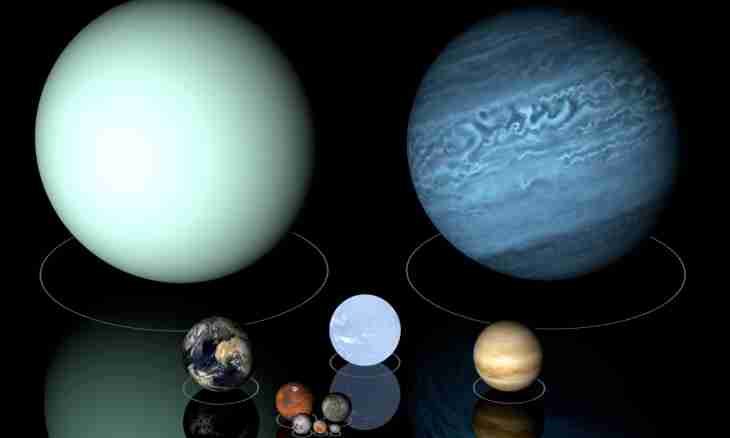Mercury – the most dense and closest planet to the Sun. Its surface is covered with crevices and craters. In appearance Mercury seems to the dead.
Age
Mercury was formed about 4.6 billion years ago. The beginning of his life was rough: collisions with asteroids, intensive volcanic activity then slow cooling began. About 3.5 billion years Mercury do not develop – it seems motionless and stiffened. Nevertheless it is one of poorly studied planets. From Earth it is very difficult to watch it. Special devices are for this purpose necessary, Mercury is very close to the Sun and is not visible in its bright shine.
Atmosphere
On Mercury it is observed a strong heat, extreme cold. In the hottest zones temperature can reach 430 OS because of proximity to the Sun. Here sunlight is 10 times stronger, than on Earth. But at night or in a shadow of heights temperature falls up to-180 wasps as Mercury has no atmosphere which keeps heat. Because of it on a surface there is no water and wind does not blow.
Day and year
Day and night on Mercury last long: the planet makes a whole revolution round its pivot-center in 59 days, but not in 24 hours as Earth. But year very short. Mercury makes a whole revolution around the Sun in only 88 days.
Relief
From the moment of education Mercury was exposed to strong bombings of asteroids. The planet is covered with craters of various sizes. Diameter of the smallest of them – a micrometer, and the largest – several thousands of kilometers. Unlike craters on Earth, on Mercury they do not change as there is no erosion.
On the planet there are not only craters, but also huge rocks from 500 to 3000 m high. They were formed at compression of Mercury which happened when cooling. Because of it its radius decreased by 2 km.
Artificial satellite
Mercury has no natural satellites. In 2004 to it the American station "Messenger" was started. Mercury it orbited only in 2011. The station became the first artificial satellite of this planet.
The device was equipped with powerful scientific devices which allowed to make exact observations. "Messenger" several times flew about Mercury and made pictures of unknown before areas of the planet. With its help the crater which was called Rembrandt subsequently was also open. The device revealed a significant amount of streams of a lava around a crater which sank under weight, having formed huge furrows.
The artificial satellite of Mercury finished the mission in 2015. The previous year the device spent all fuel therefore began to adjust its work impossible. It gradually approached Mercury surface, did not break against it yet.

